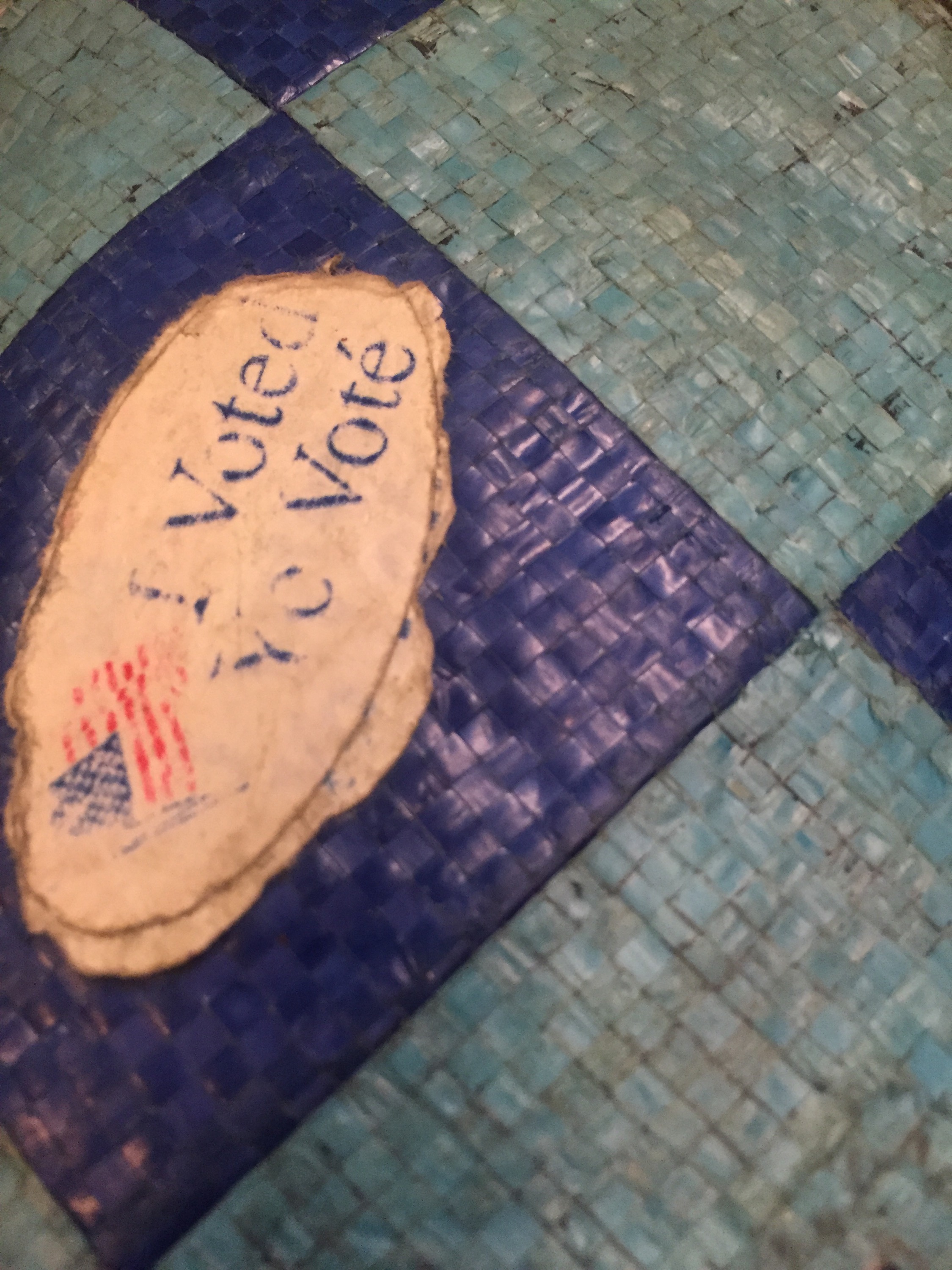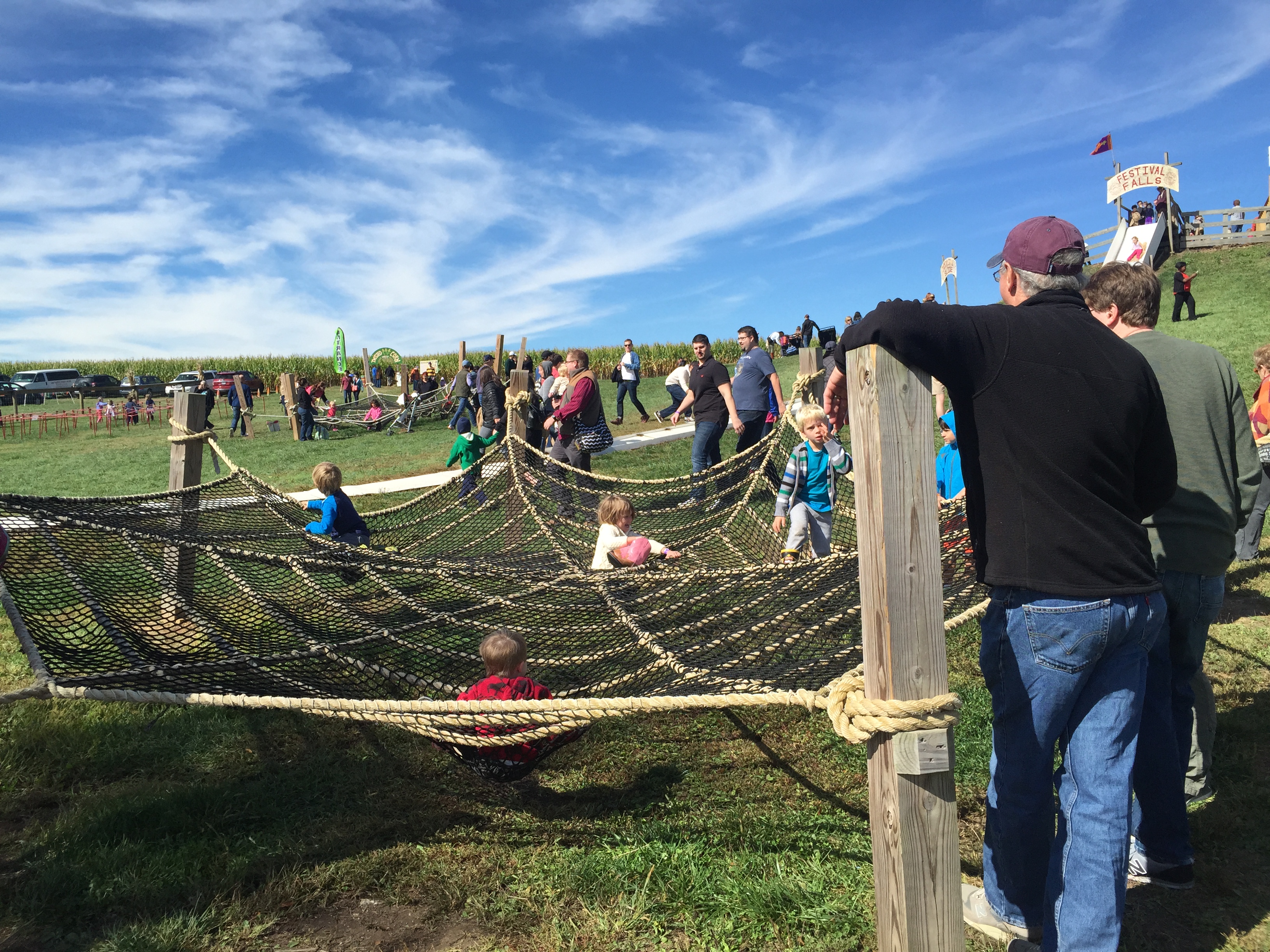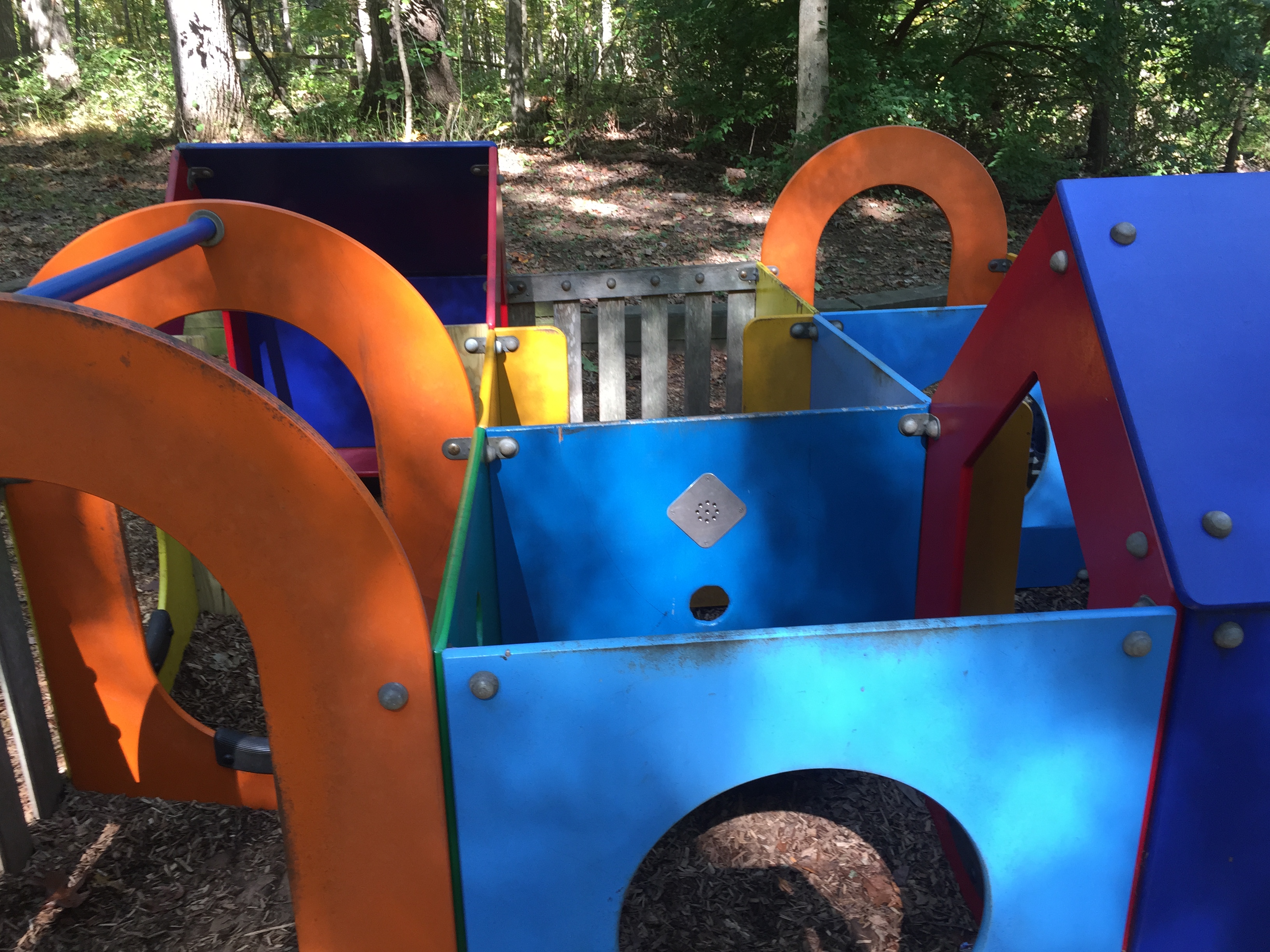How can anyone dislike Santa Claus? However, my relationship with him as an adult is a bit ambiguous. While I hate lying, I’m a storyteller at heart. I hate the modern-day commercialism around Santa Claus, but love the magic of the toymaker myth. So I thought I was going to have a lot of heartache about how to treat Santa Claus when Sprout got old enough to understand him. But I think I’ve come upon an approach that makes sense – emphasizing the idea of Santa Claus as a character rather than an actual person.

It certainly helps that Sprout is the most familiar with Santa as a character rather than a real person. We already read about Santa in books, from ones as simple as Biscuit’s Pet and Play Christmas to as weird as Lemony Snicket’s The Lump of Coal. The un-reality of Santa is emphasized even more by the fact that Santa isn’t even human in all of the books – in Pete the Cat Saves Christmas, he’s a cat, and Merry Christmas, Ollie! features Father Christmas Goose.
Through these stories, we can talk about whatever parts of Santa we want to, instead of the dominant cultural version. We’ll emphasize the idea of Santa as a generous toy giver who brings gifts because he loves people, just as we give each other gifts because we love each other. (And to tie to the actual religious part of Christmas, because people loved Jesus and brought gifts to him.) We won’t touch the “good girls and boys” nonsense with a ten foot pole because I’m already ideologically opposed to using toys as rewards.
Now, distinguishing between a character and a real person sounds terribly naive when talking to a two-year-old. But while little kids have difficulty distinguishing between fantasy and reality, it doesn’t mean that they’re incapable of it. Contrary to 1960s British “moral campaigner” Mary Whitehouse’s position, kids back then did not actually believe that Tom Baker (then playing the Doctor in Doctor Who) was actually drowning for the entire week between a cliffhanger and resolution. Even Sprout, who is only two, knows that characters in books are not “real.”
So when it comes time for him to find out that Santa isn’t a “real” person, I hope that this approach allows us to acknowledge the fundamental fiction of Santa while maintaining the magic and spirit. An excellent book for doing this, which is also had the most heart-breaking first chapter of anything I’ve ever read, is The Life and Adventures of Santa Claus, by Julie Lane. (There’s a couple of other books of that name, but this is the best, obviously.) The beautiful part of it is that it roots Santa Claus and the traditions associated with him in tragic, beautiful, real world (albeit still fictional) circumstances while maintaining a little of the mystery.
Besides “Santa as story,” I think it’s also important when the time comes to provide some explanation as to why we’ve been pretending to be Santa this whole time. Fortunately, even that’s rooted in an idea that Sprout understands – cosplay! Because of our foray into costuming for Baltimore Comic Con, he already understands that sometimes adults wear costumes and pretend to be characters because it’s fun. Clearly, people dress as Santa because everyone wants to be him. People dressed as Batman or Groot aren’t actually Batman or Groot, but it’s fun to pretend we are. And who wouldn’t want to be Santa? He gets to give out presents, eat cookies, ride on a sled pulled by flying reindeer, and only works for a month a year (I assume production at the North Pole starts in late November).
No matter how we get there, I want to teach Sprout that we are all Santa for each other. While there’s no single jolly old man in red dropping off presents, we can act in that spirit by giving each other gifts and reaching out to those in need. Instead of Christmas becoming an orgy of consumer receiving, we want to frame it as a gentle season of generosity. And if I can teach him that, the magic of Santa will always be in his life.





